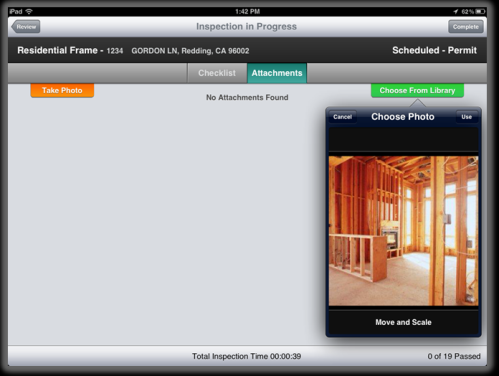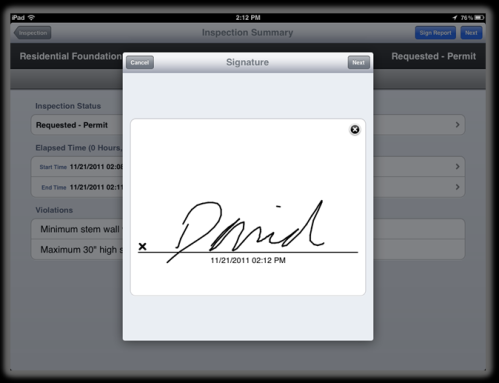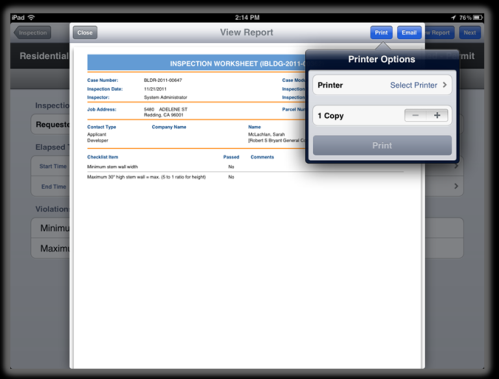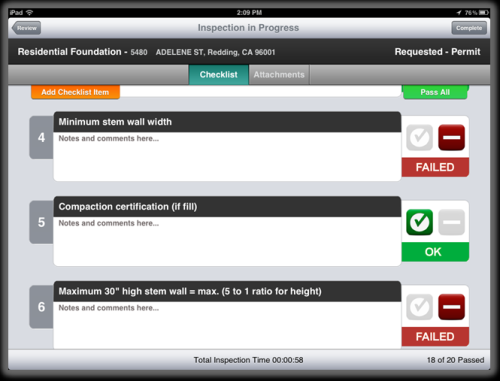Kirkland, WA, Shows Some Love For EnerGov
March 12, 2012 Leave a comment
Change doesn’t always come easy — especially when it comes to overhauling a computer system that a city has supported for over 20 years.
Kirkland, WA, along with many other eCityGov customers in the Puget Sound area of Washington state, realized it was time to update their legacy technologies with a state-of-the-art “enterprise” land management platform (EnerGov 9) in order to more efficiently and accurately manage the city’s regulatory business processes — even if it required taking the necessary time, effort, and resources to achieve the city’s goals.
“The EnerGov software is quite a bit more advanced than other permit systems that primarily just track data,” said Chuck Newberry, west coast regional manager for EnerGov. “Implementing an enterprise business process management software system is not a simple task and change management can often times be one of the most difficult parts of the process.” said Chuck. “A lot of the workflows and processes that were disconnected and in silos within the legacy environment is now being managed and automated centrally and concurrently — that’s a big change for these agencies.”
Working closely with EnerGov’s onsite project team, Kirkland employees dedicated countless hours through the assessment, workflow configuration, data migration, integrations, and testing stages of the EnerGov implementation. Recently the city geared up for the training and production stages of the EnerGov implementation by hosting a training kick-off event aimed at bringing excitement to the training and roll out of the new system. The city understands that investing in the implementation of the new enterprise system, by facilitating and enabling change, increases the overall adoption rate and success factor.
EnerGov’s very own Stephen Remminger and Patrick Chapman (aka P-Town) worked with the city of Kirkland to provide a 60s-themed training kick-off event replete with giveaways, games, cakes, and costumes. The excitement of training and going live with EnerGov was “euphoric” much like the 60’s!!!
Kirkland has definitely set the bar for software training kick-offs events. Change management at it’s finest!!!!


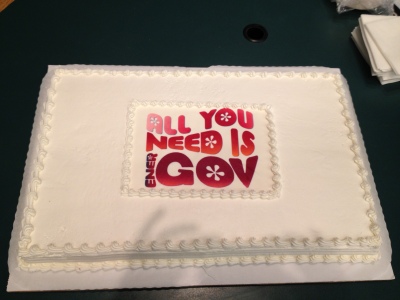




 In addition to addresses and parcels, GIS tools allow any type of irregular area to be tracked and managed. With refined editing capabilities, points, lines and polygon features can be drawn and tracked for a parade route permit or an irregular-shaped area of an engineering encroachment permit. Agencies can also improve managing their public assets by tracking any object with spatial relevance, such as hydrants, water drains, or trees.
In addition to addresses and parcels, GIS tools allow any type of irregular area to be tracked and managed. With refined editing capabilities, points, lines and polygon features can be drawn and tracked for a parade route permit or an irregular-shaped area of an engineering encroachment permit. Agencies can also improve managing their public assets by tracking any object with spatial relevance, such as hydrants, water drains, or trees. Without a good management or budgeting process, a healthy infrastructure will often be left to the wayside to deteoriorate more rapidly according to Alex Marshall in
Without a good management or budgeting process, a healthy infrastructure will often be left to the wayside to deteoriorate more rapidly according to Alex Marshall in  For instance,
For instance,
